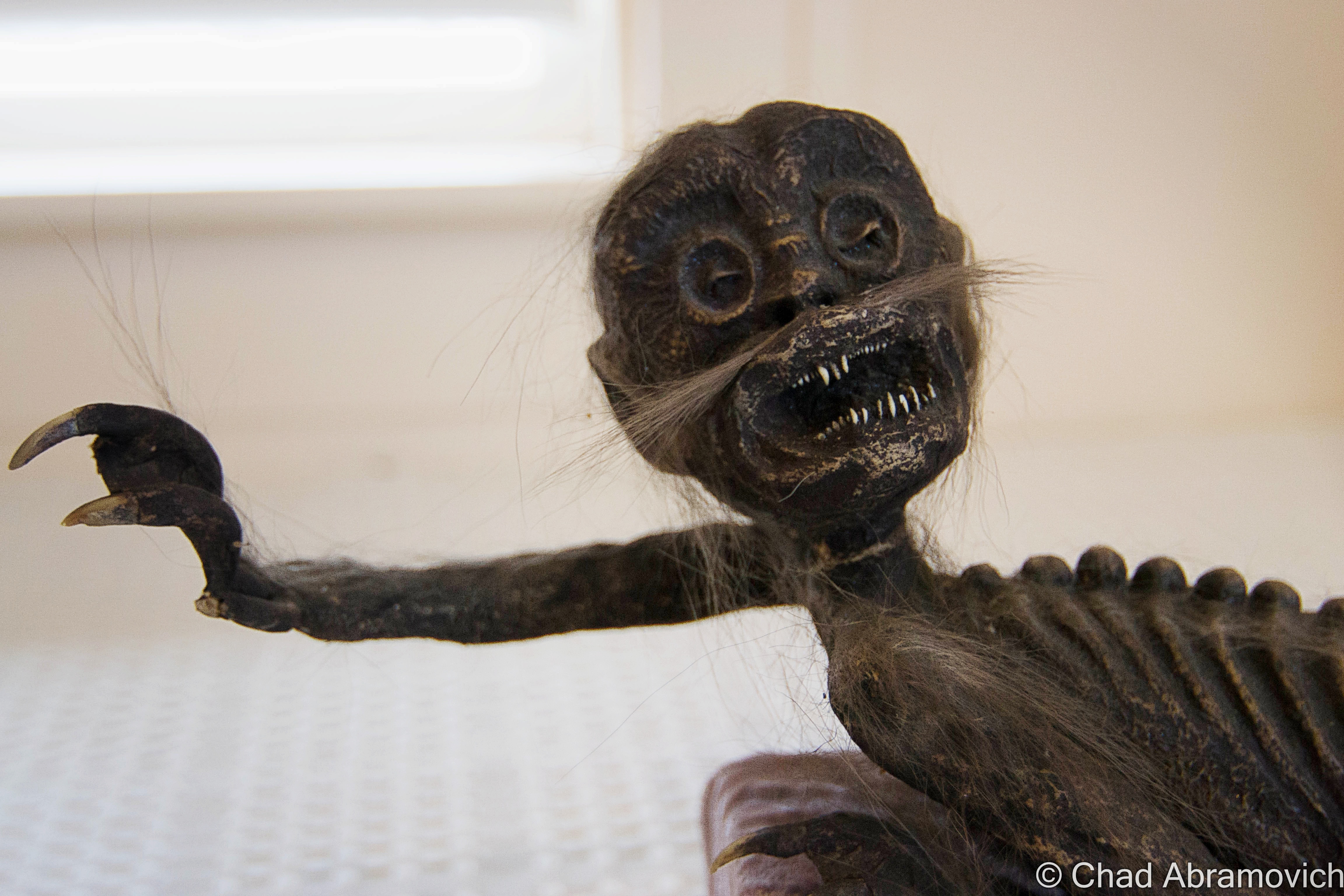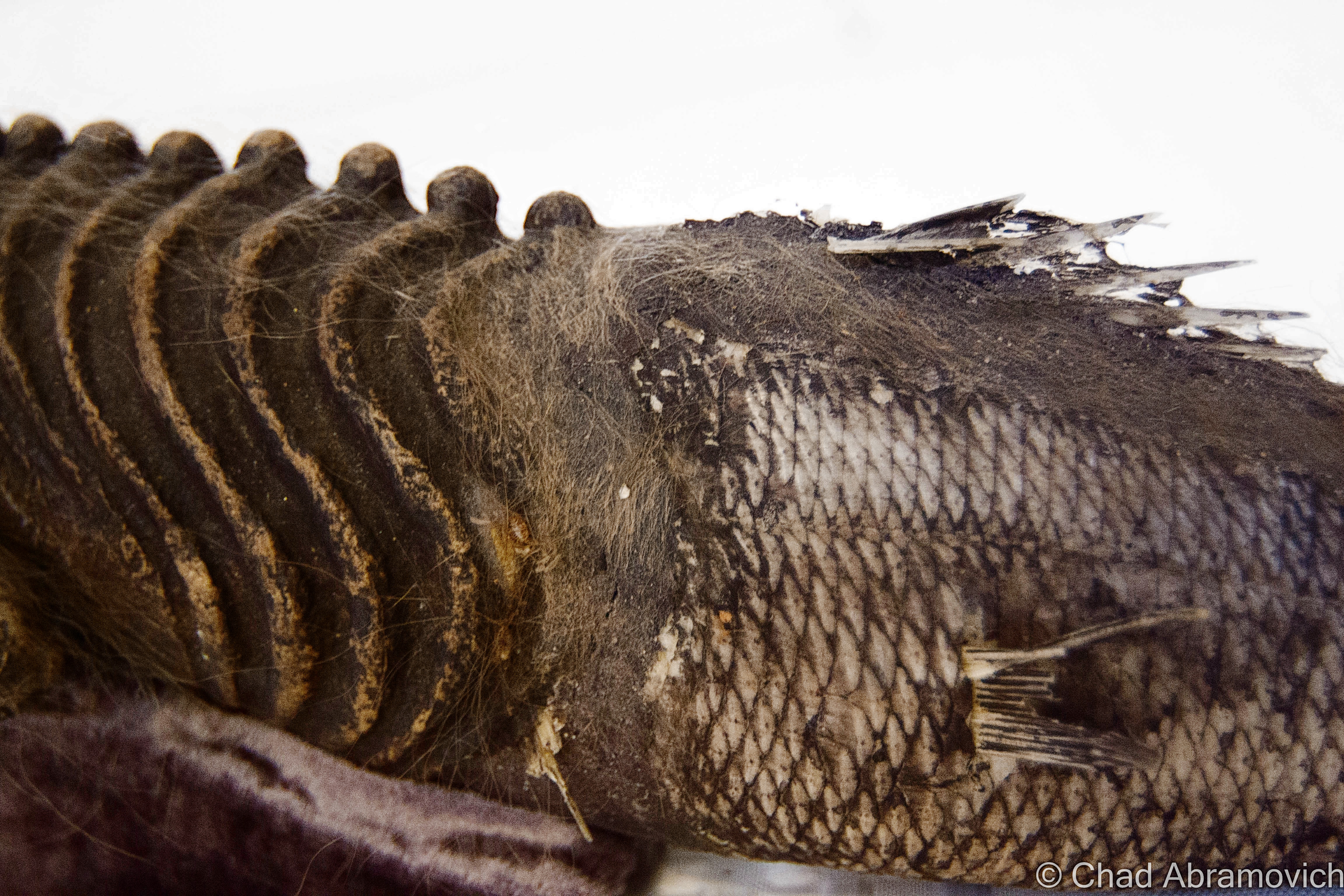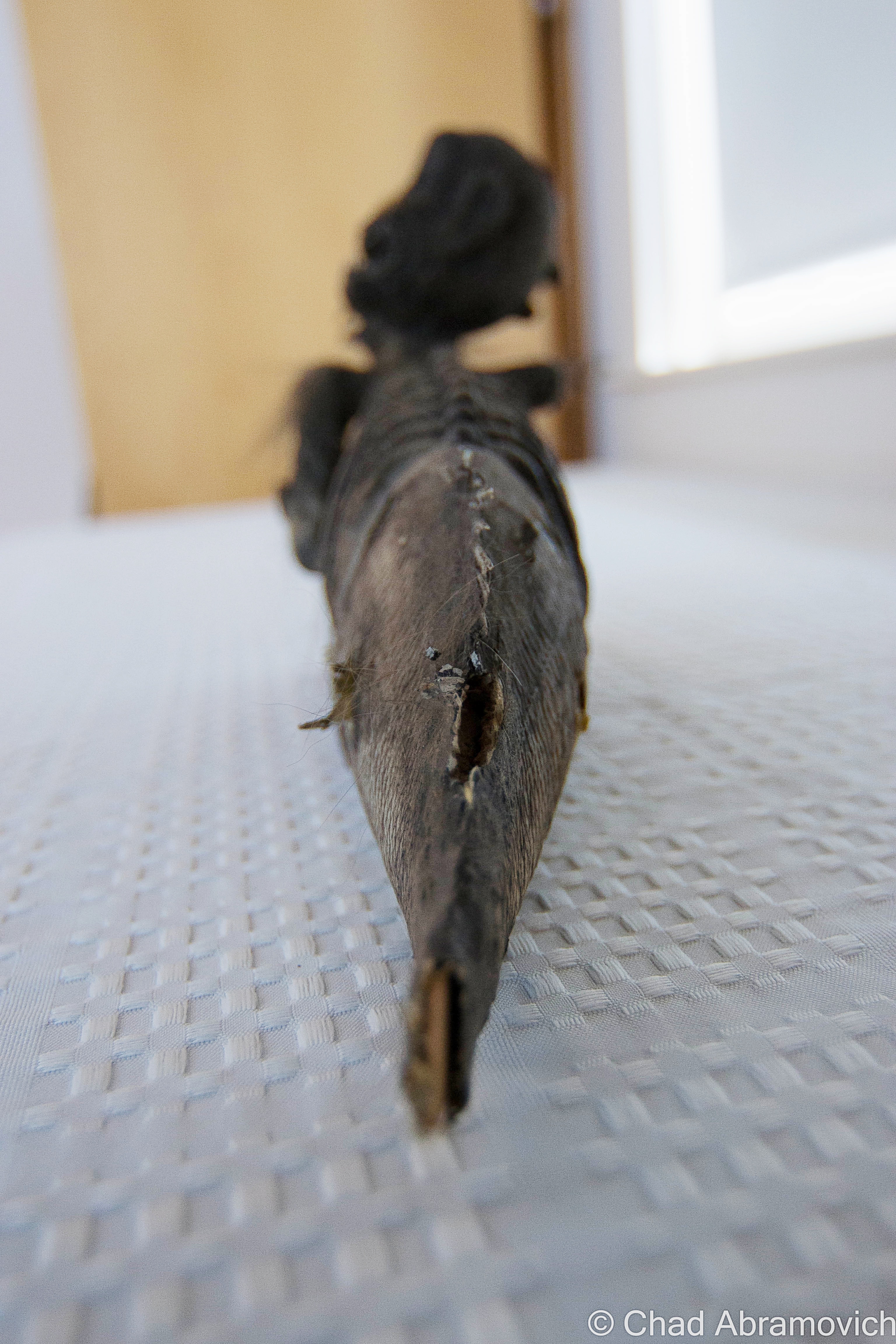Vermont’s hills seem to be a beacon in the smog for the offbeat, things that don’t quite fit into a world obsessed with categorization. For some reason, we offer ideal real estate appeal for people of mystery and fantastical artifacts to come and dwell, sometimes going undetected. I suppose I can understand why. After all, I certainly don’t want to live anywhere else.
Brookline’s Round Schoolhouse
Americans seem to love round buildings. Probably because we live in a society of increased standardization, so in a world of square things being the norm, round buildings just stick out. But for a society who loves them so much, we sure don’t build more of them. I guess that just makes them all the more special.
The out of the way town of Brookline, population roughly 500 at the last census, holds such a building. Brookline’s round schoolhouse was built in 1822, and is possibly the only one in the country. It was designed by the same person who would mold the minds of local children there, Dr. John Wilson, who in addition to being a school teacher, was also the town’s resident physician.
Dr. Wilson however was an indisputable enigma. A distinguished gentleman from England, he had an amiable personality and a brilliant mind. He was also gifted and proficient in the field of medicine, so much so that the locals began to wonder why such a talented and cultured man would work as a lowly schoolteacher, in Brookline of all places? He could easily earn a much more substantial income as a doctor in Brattleboro or Burlington.
But there were more questions that would add to the man’s already weighted reputation. Year round, he would wear high collars or thick scarves, even during the hottest of summer days, and he would always walk with a noticeable limp. Despite his charm, he was also very remote, and would avoid questions about his behaviors or attire, or getting too close with anyone. In a small Vermont community where everyone knew everyone, Dr. Wilson inevitably became the subject of local gossip.
But perhaps the strangest of all was his equally obscure schoolhouse. It’s construction was off red brick, with windows facing in all directions, making it a distinguishable and unique piece of Vermont architecture. There were some who thought the round building was just as suspicious as the doctor himself. Why go through the effort to build such a structure?

In May 1847, Dr. Wilson lay on his deathbed. During his time in Brookline, he had apparently befriended someone, someone he liked enough to bestow trust in. He called on them and exacted a rather peculiar last request. His odd promise stated that he was to be buried in the clothes he was wearing, including his scarf and boots. Dr. Wilson’s strange story may have been entirely forgotten if it wasn’t for his friend breaking that promise. What happened next would finally reveal the answers that the residents of Brookline had long waited for.
When they undressed the corpse, they found that Dr. Wilson’s heel had been blown away by a musket ball. In it’s place, was a cork prosthetic heel. They also discovered that his neck had also been horribly disfigured, as if he was unsuccessfully hanged or slashed. His cane held another shocking discovery – there was a stiletto concealed inside. A trip to his home uncovered that it had been turned it into a make shift ammunition locker, filled with guns and swords.
Eventually, the pieces would come together. John Wilson, man of mystery, was actually an infamous British highwayman known as Captain Thunderbolt. Terrorizing the Irish countryside and the England-Scotland border, the scoundrel was said to be a Robin Hood figure; he robbed from the rich and gave to the poor. During his many dauntless escapades, he certainly didn’t forget about himself, and slowly saved up enough funds to to escape to America, choosing the wilds of Vermont as his new home. In Brookline, he decided to take a new lease on life, and “retire”, becoming a respectable and well liked citizen. But he never stopped worrying. He had a price on his head after all, and the law didn’t exactly see eye to eye on their varying principles of justice. So, his schoolhouse became an asset; his lookout. There, he could hide out as the local schoolteacher, while slyly looking wearily in all directions. If a law man came his way, he would have ample time to flee.
This fascinating story sounds much like a folktale, but it’s very real, evident by the brick schoolhouse that still stands along the main drag in Brookline. More delightfully, I was told that some of the doctor’s possessions, like his false heel and cane sword are still around! They’re on exhibit at the Brooks Library in Brattleboro, which if I had the time, I would have liked to make the drive over to see.
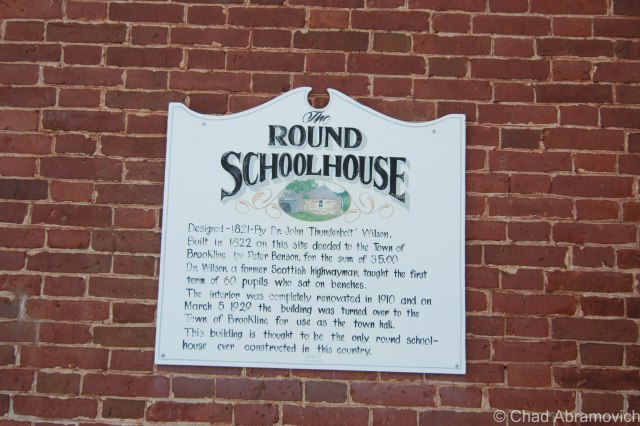
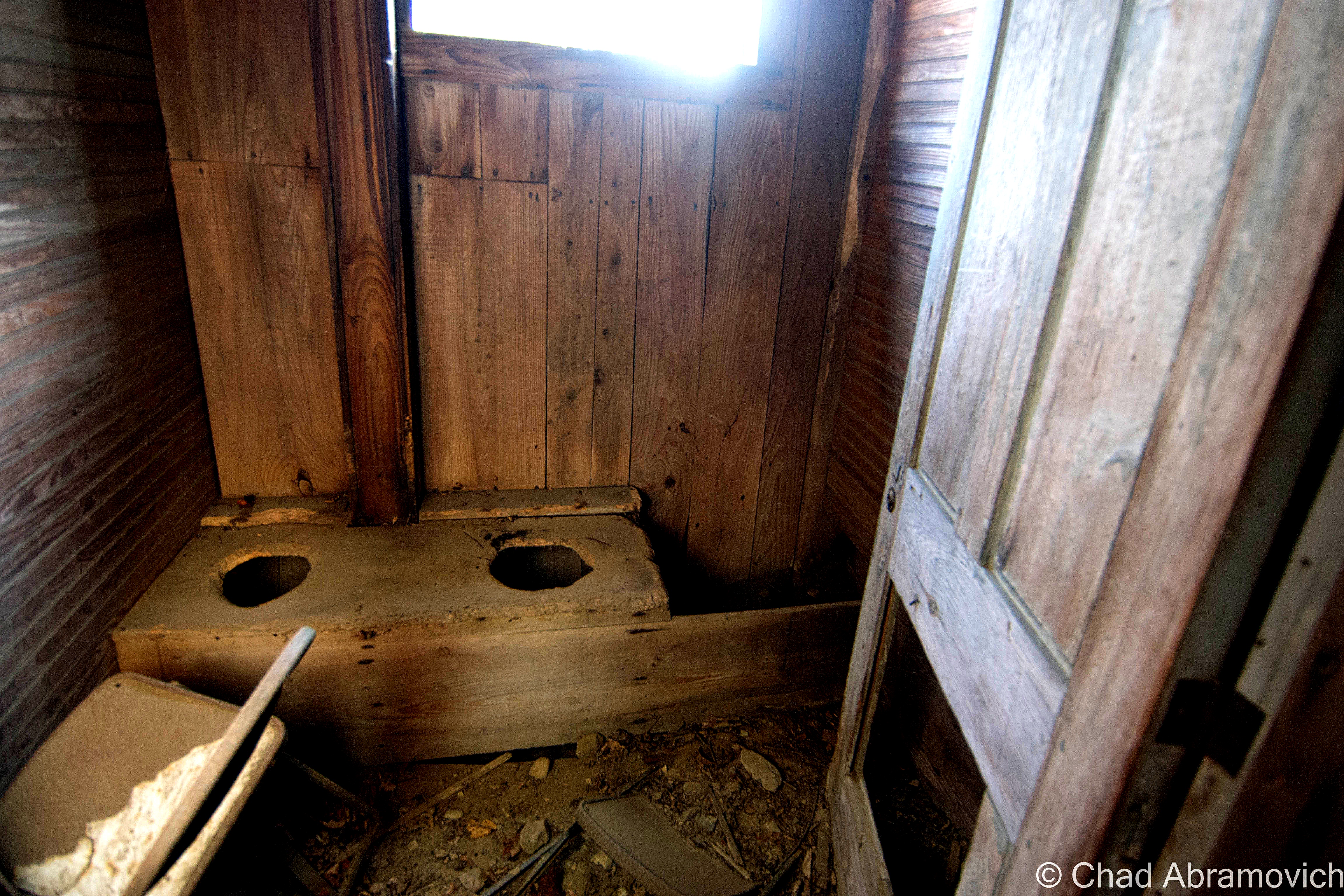
Grafton’s Fiji Mermaid
It might strike you as odd to find out that Vermont, far away from any ocean, can lay claim to a mermaid sighting. The mermaid after all, isn’t a native species of Vermont, or New England. But they’re seen here from time to time, and the best place in Vermont to see one is at the Grafton Nature Museum.
Upon first impressions though, this probably isn’t what you had envisioned when you thought of your foundational image of a mermaid. Instead, this one is hideous and startling. Comprised of half parts Monkey and half parts Fish, with rows of nasty little teeth and sharp claws, this dexterous DIY Frankenstein of a project is a gruesome little creature that almost looks human. So, what’s the story here?
The tiny, shriveled up artifact is the elaborately planned hoax of famed showman and huckster, P.T. Barnum. While today, in an age of skepticism and the internet, this most likely wouldn’t fool an audience, but over a century ago, this mesmerized and baffled carnival patrons, and it was the legendary entrepreneur P.T. Barnum that decided to capitalize on that.
The Fiji Mermaid would slowly enter western culture in the 1700s, when mariners began to come across them in newly opened oriental trade ports. Japanese and Polynesian seafarers used them for good luck charms, believing their powers would protect them from rough seas and ensure a prosperous catch. American sailors who had never seen anything like them before, started to bring them back home as souvenirs and they became instant conversation pieces and objects of fascination. In my opinion, a Fiji Mermaid is a much better souvenir than a coffee mug or key chain.
Barnum was one of the many who were drawn by them, and bought one in 1842 thinking that he could turn it into profit. If he could fool his audiences and convince them that they were mythological mermaids, he could make a small fortune. He exhibited it as an “authentic Feejee Mermaid”, and the name stuck. The mermaid was an immediate success, so much so that his competition would soon imitate him and make several fraudulent ones that were passed off as authentic imports. The real faux creatures and fake faux creatures began to circulate in carnival side shows, or payed top dollar for in someone’s private cabinet of curiosities.
In an era when the world was really beginning to be discovered at a larger extent, and there were so many animals that had never been seen by the western world before, people were enthralled.
But while the public took the bait, scientists and biologists weren’t buying it, and would constantly ridicule Barnum for displaying something that was clearly fraudulent. Over time, carnival sideshows became a thing of the past, and the Fiji Mermaids began to disappear, the surviving ones ending up in various museums or maybe forgotten in a box someone’s attic somewhere. Fiji mermaids today are very hard to find, and an authentic one as opposed to an antique replica like most places seem to have on exhibit, are nearly impossible.
In the case of the Grafton Nature Museum, this one was a gift from the Odd Fellows Hall in Brattleboro roughly over a decade ago. As for why the Fiji Mermaid was gifted to a nature museum mostly geared towards children, museum curator Lynn Morgan had no idea. Lynn was kind enough to open the museum briefly for me and let me have a personal encounter with one. But as for the information behind it, sadly, that seemed to be a mystery. There wasn’t much to trace. I’m not even sure if this one is the real deal or another replica. She had a bit of information stuffed inside a small manila envelope, containing a few internet printouts of Fiji Mermaid information, a photocopy of a newspaper article, and an old black and white photograph of the mermaid’s pre-museum home, displayed randomly on a wall, hung above a much larger attention swallowing trophy fish. She wasn’t sure if that photo was taken at the Odd Fellows Hall or not.
The mermaid is a bit out of place in the nature museum, because it’s not a real creature and therefor can’t really be included in any of their exhibits. If anything, it says far more about history than biology, which sort of makes it a bit difficult explaining it to curious children who are there on a Zoology field trip.
For the most part, the general public isn’t even aware it exists of that it’s there, which in my opinion is a shame. But observing the tiny figure which was placed on the table infront of me brought awareness to something else; it’s age. A closer look at it’s requisite monkey/fish body revealed that it was showing signs of wear and tear, with some parts slightly damaged. But that tends to happen with old things, they disintegrate with age, making the preservation of this grisly curiosity even more important.
The good news is that I’m sure they’d be willing to show it off to interested parties if you ask politely.

—————————————————————————————————————————————–
To all of my amazing fans and supporters, I am truly grateful and humbled by all of the support and donations through out the years that have kept Obscure Vermont up and running.
As you all know I spend countless hours researching, writing, and traveling to produce and sustain this blog. Obscure Vermont is funded entirely on generous donations that you the wonderful viewers and supporters have made. Expenses range from internet fees to host the blog, to investing in research materials, to traveling expenses. Also, donations help keep me current with my photography gear, computer, and computer software so that I can deliver the best quality possible.
If you value, appreciate, and enjoy reading about my adventures please consider making a donation to my new Gofundme account or Paypal. Any donation would not only be greatly appreciated and help keep this blog going, it would also keep me doing what I love. Thank you!
Gofundme: https://www.gofundme.com/b5jp97d4






